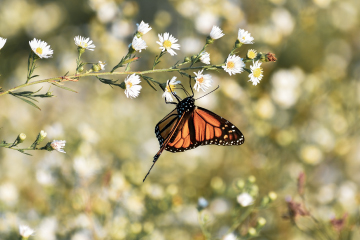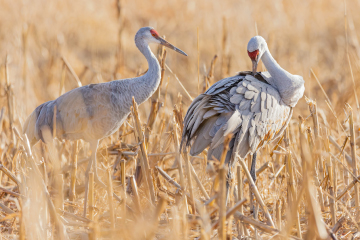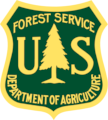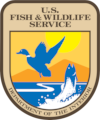RWBJV Management Board Hosts Successful Conservation Outcomes Tour
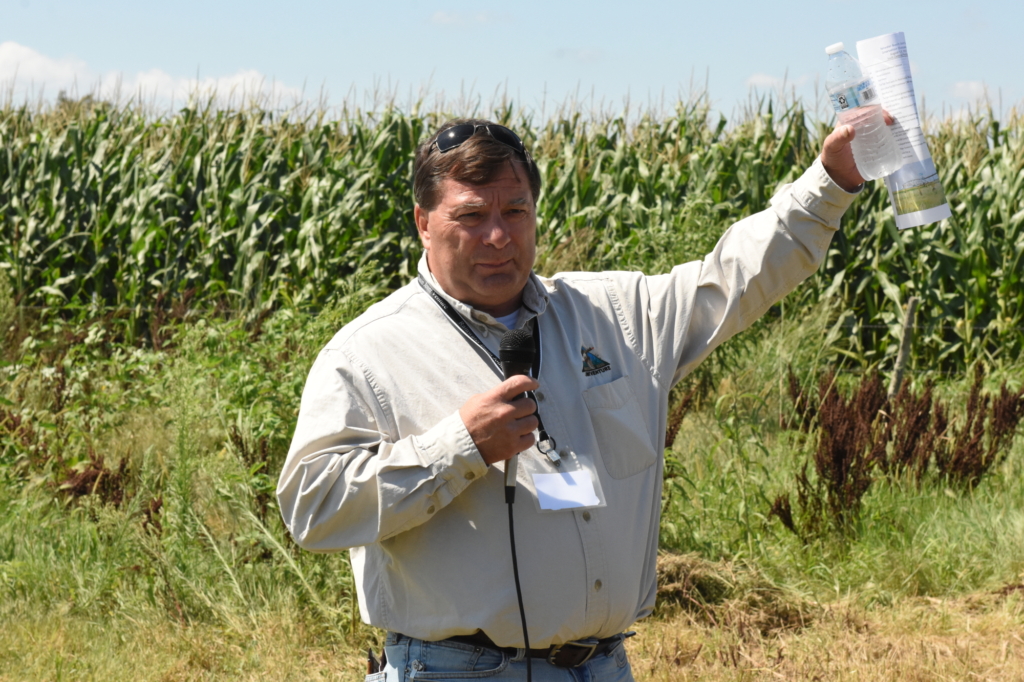 The tour allowed the RWBJV partners to showcase successful collaborative conservation projects. Tour stops included a mix of projects on public and private lands.
The tour allowed the RWBJV partners to showcase successful collaborative conservation projects. Tour stops included a mix of projects on public and private lands.
At each stop, partners were able to highlight the wildlife habitat, water quality and water quantity benefits that have been achieved through investments on public lands and through voluntary incentive-based conservation programs on private lands.
Participants included staffers from Nebraska’s congressional delegation, state senators, along with agency directors and leadership from Nebraska Department of Agriculture, Nebraska Department of Water, Energy and Environment, and Nebraska Game and Parks Commission. Representatives from the Farm Service Agency, Natural Resources Conservation Service and U.S. Fish and Wildlife Service also took part. In addition, local natural resources district managers attended and provided insights into the importance of local partnerships that the RWBJV supports.
The tour departed Kearney with 40 participants. Between tour stops we had brief “Tour Topic” presentations while in route to tour stops.
The first “Tour Topic” highlighted the Integrated Water Program Specialists and the success of the Nitrogen Reduction Act Program. The first tour stop was the Morse Tract. At this site, Jason Farnsworth with the Platte River Recovery and Implementation Program gave an overview of the property and the management requirements. The next stop was the large fire implemented by Tri-Basin Natural Resources District, Pheasants Forever and local landowners. Prior to arriving at the site, partners talked about the shared capacity and equipment that have been secured by the RWBJV to support RX Fire across Nebraska.
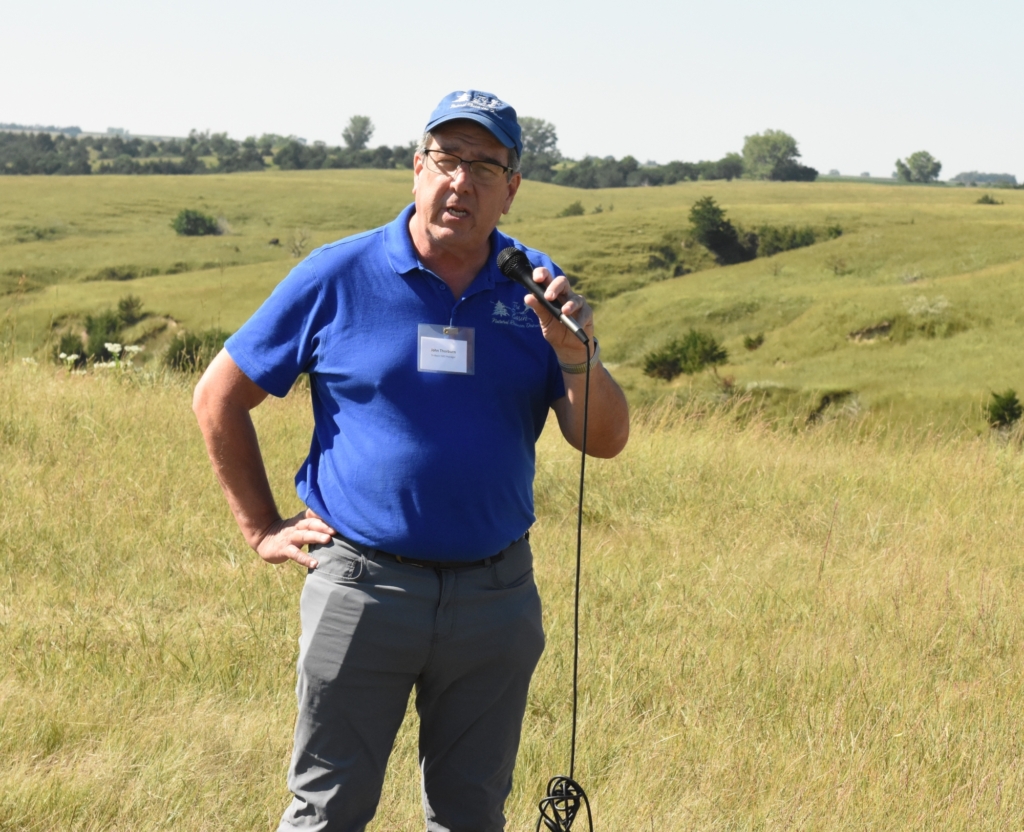
The next stop was Cottonwood Waterfowl Production Area managed by the U.S. Fish and Wildlife Service. This project highlighted the value of critical acquisitions, restoration work and water delivery infrastructure for recharge and habitat. The tour traveled to Rowe Sanctuary with a conversation about the Vision for an Ecologically Sound Platte River Basin (VESPR). This presentation transitioned into one during lunch about the unique solutions and projects being completed in the Loess Hills to manage against woody encroachment and use of prescribed fire to address reinfestation.
The final tour stop was the Hall County Wetland Complex. This complex has a significant number of private land restorations. Participants were able to hear from the landowners about how the projects are fitting into their operations. The RWBJV partner staff that worked on these restorations provided insights into their role and the outcomes.
On the way back to Kearney a talk was presented by University of Nebraska at Lincoln Extension staff and highlighted the increased return on investment in these operations post restoration.
There was great feedback from the participants about the work of the RWBJV partners, the technical resources provided by partner staff to landowners and the financial leverage the RWBJV is putting on the ground.
Special thanks to all the partners and the landowners who supported this tour. Materials from the tour have been provided to all the state senators, state agency directors and relevant staff, and staffers from the governor’s office.
